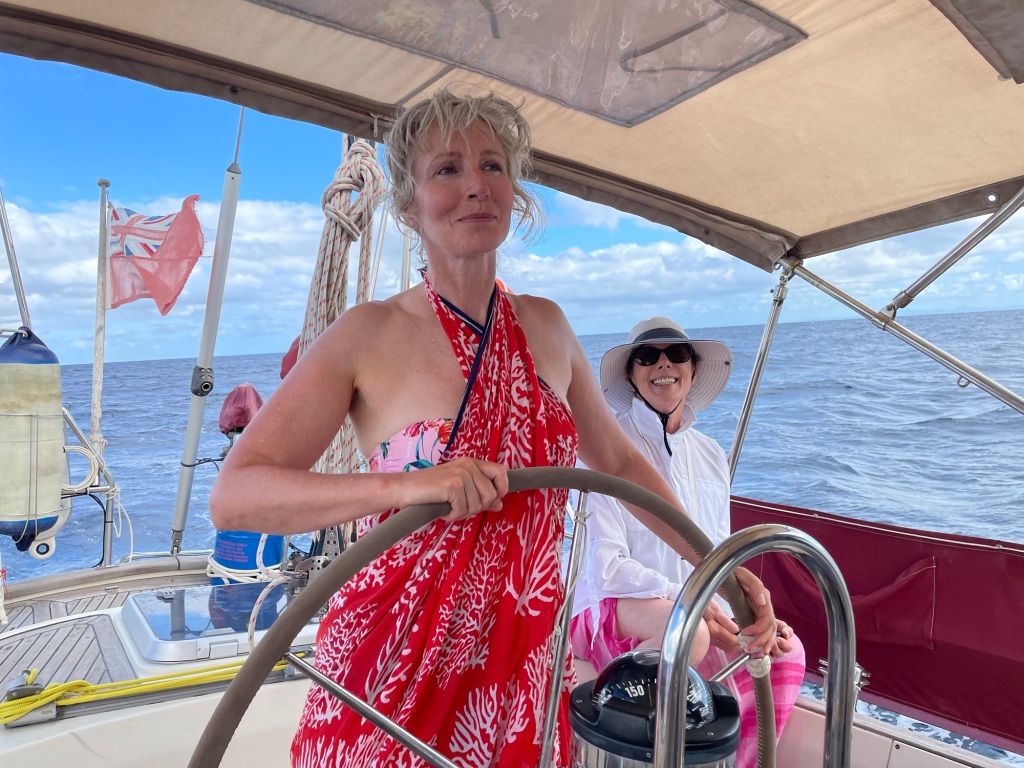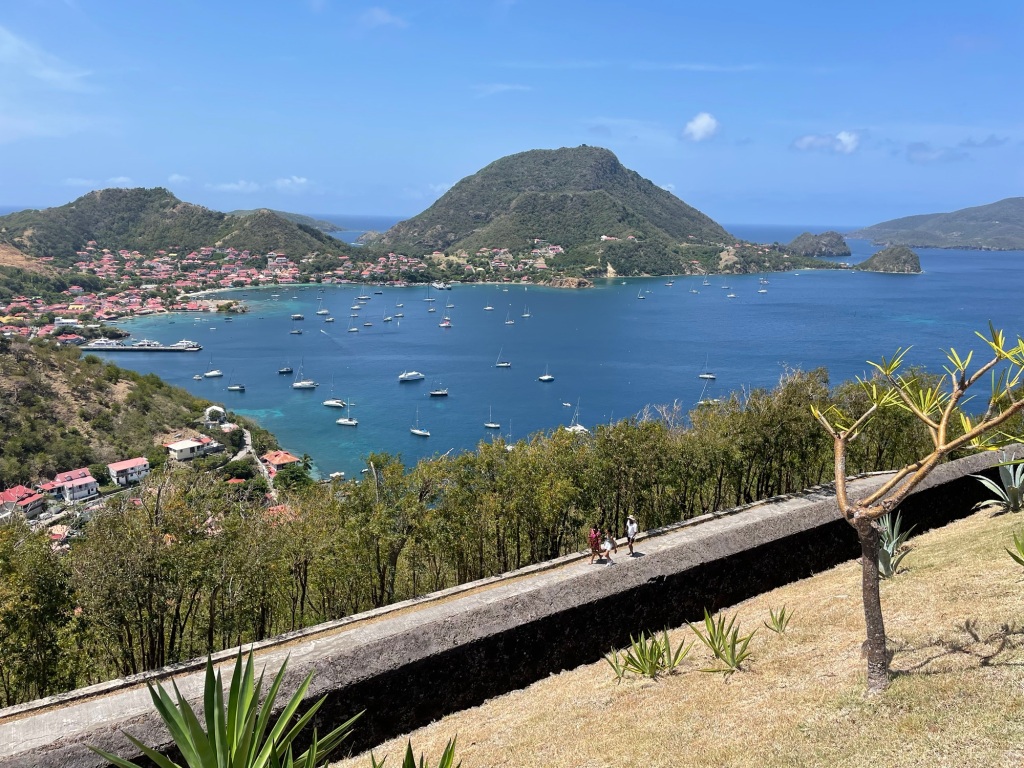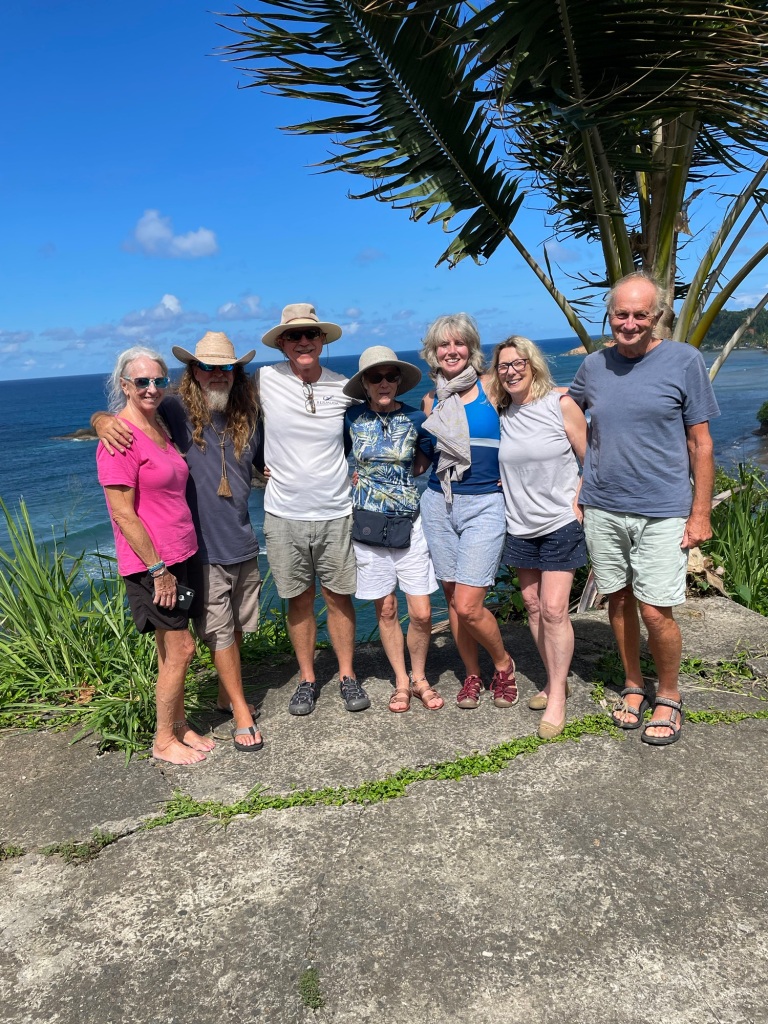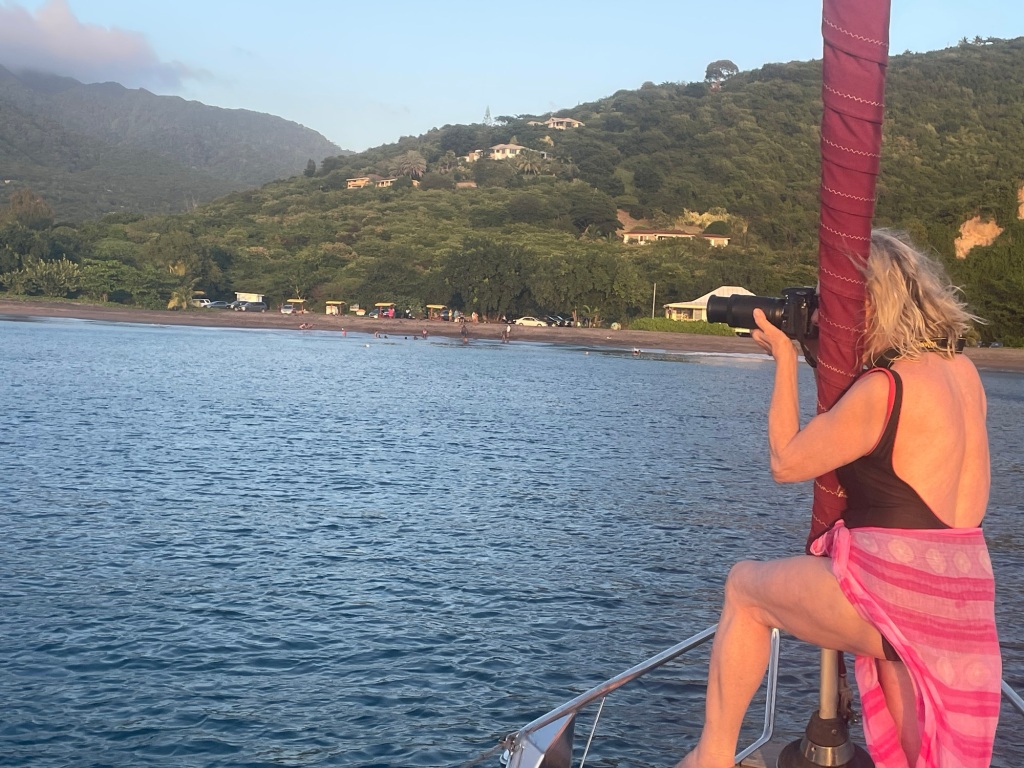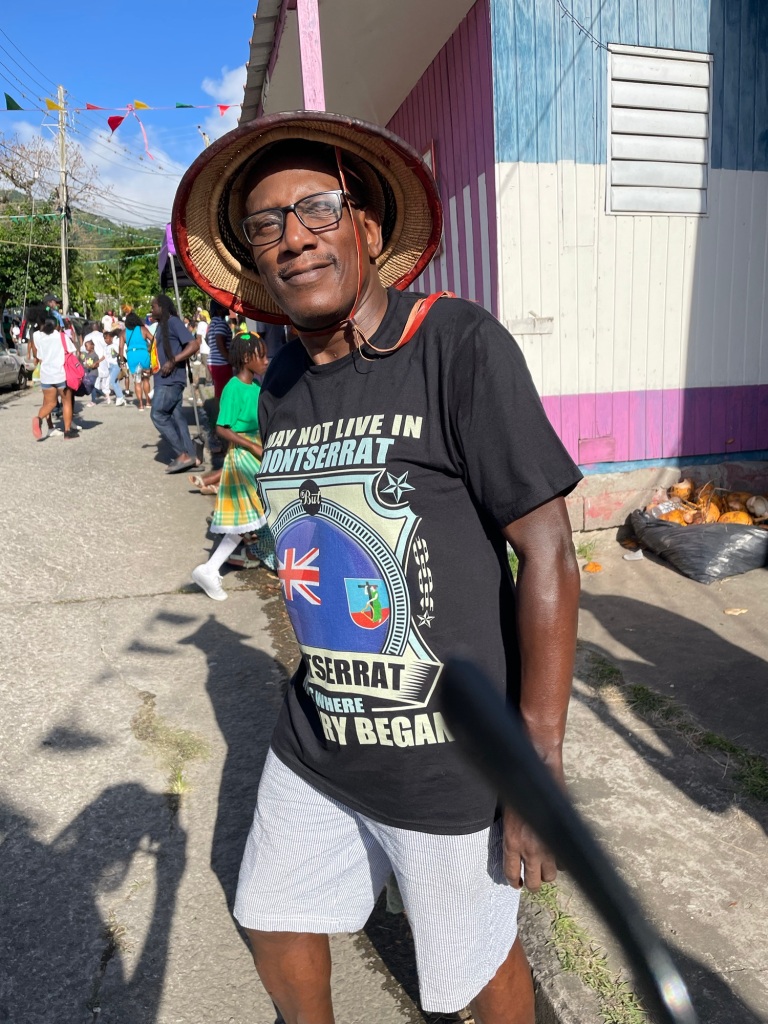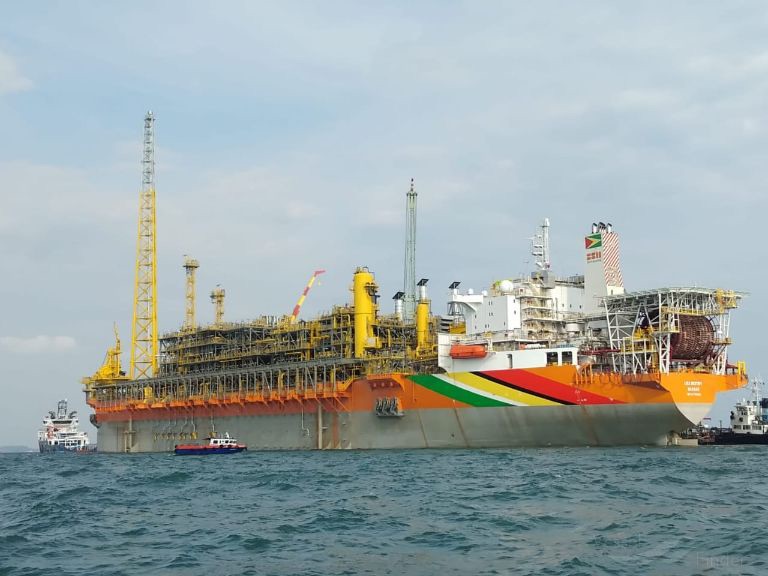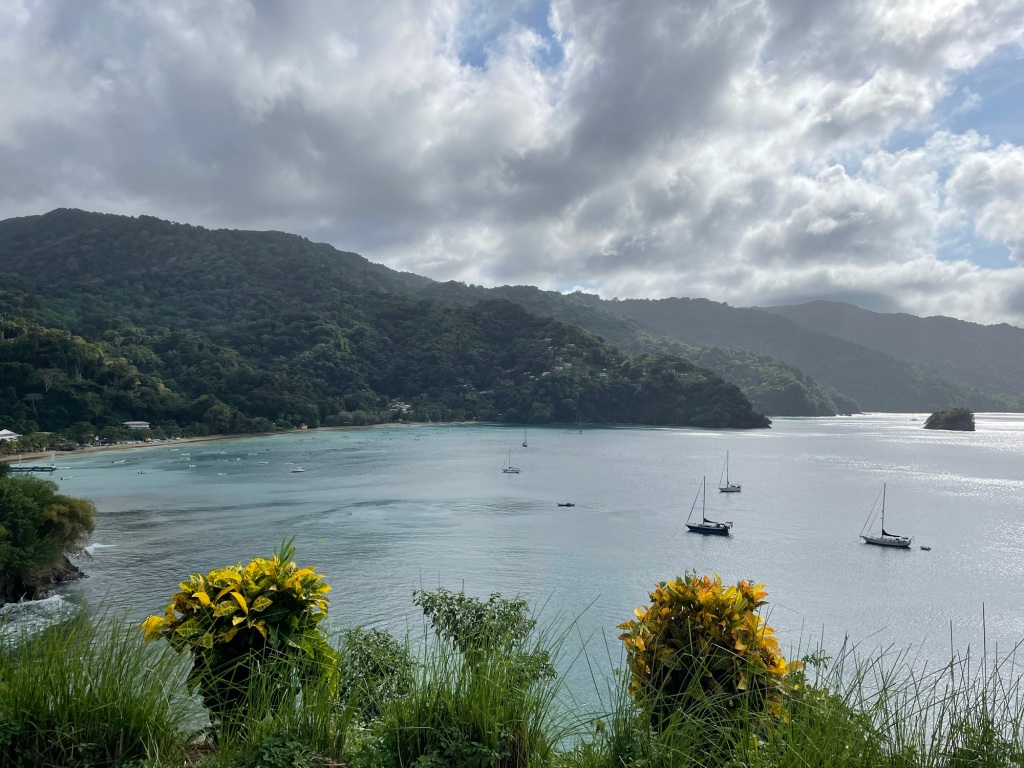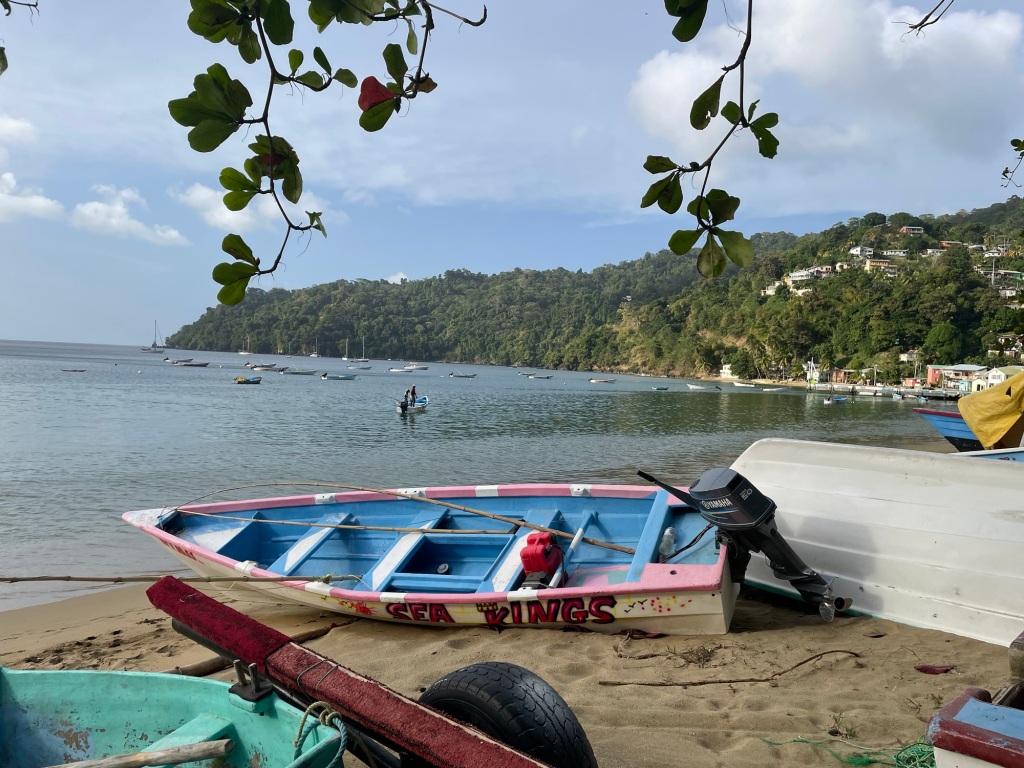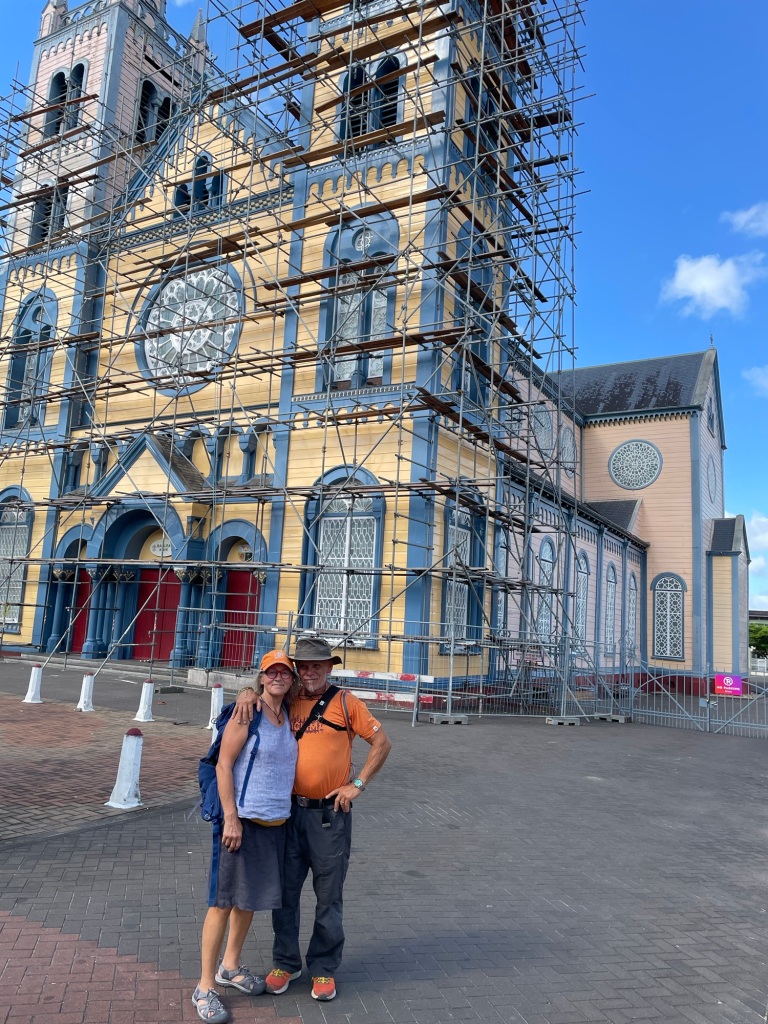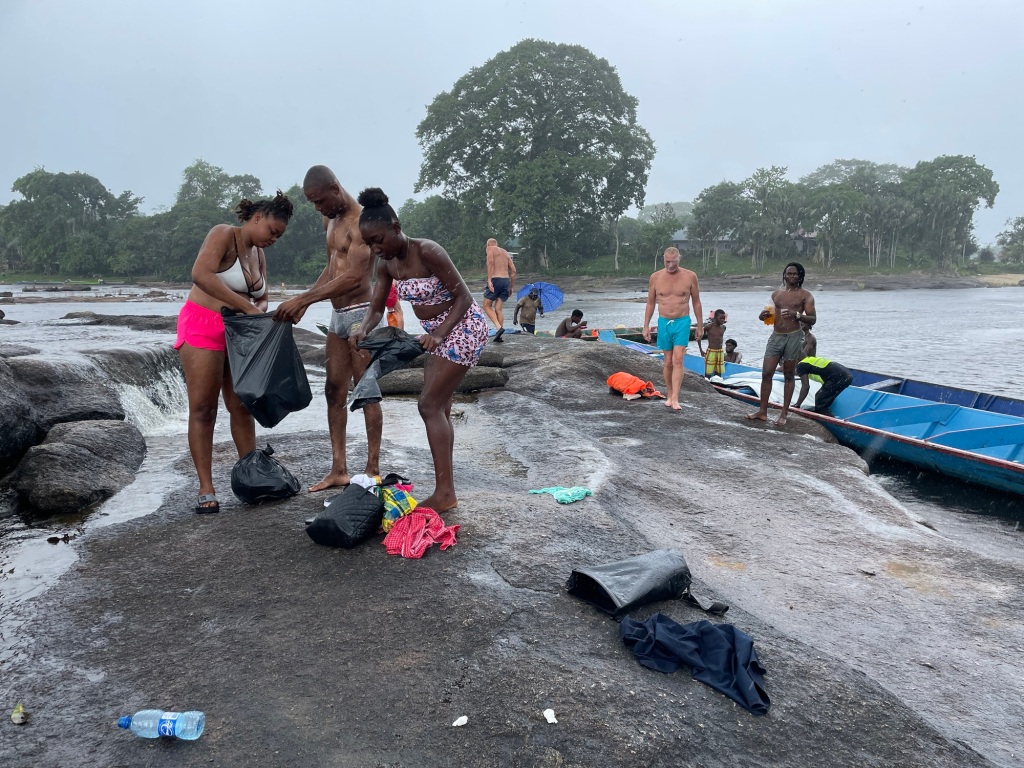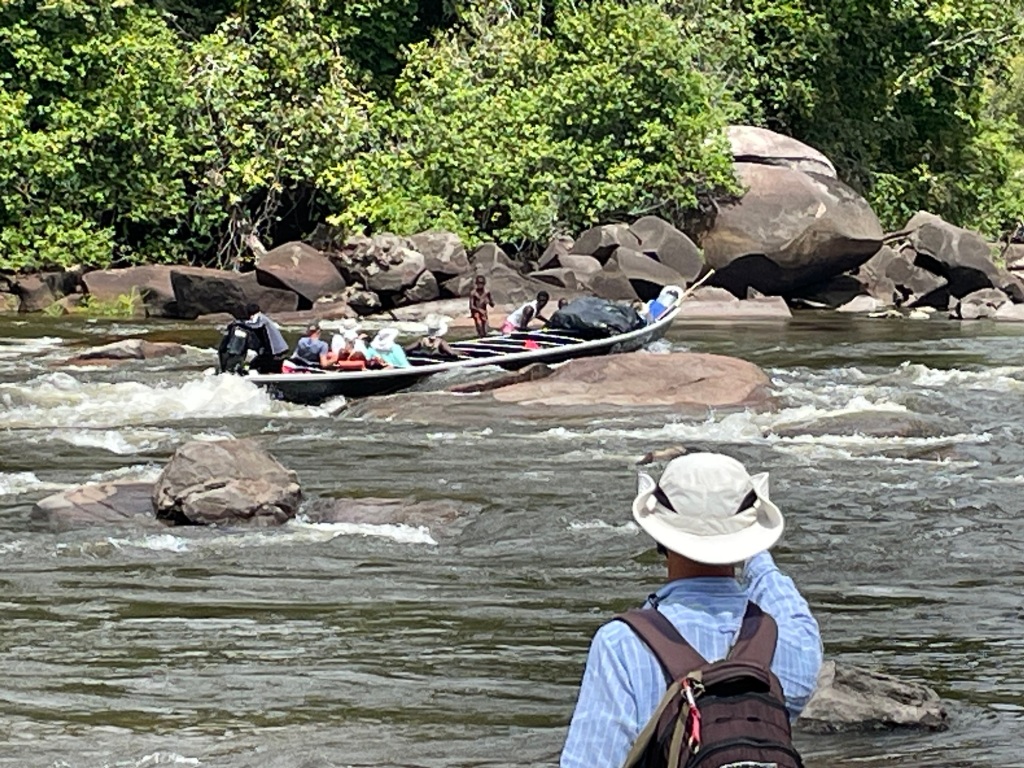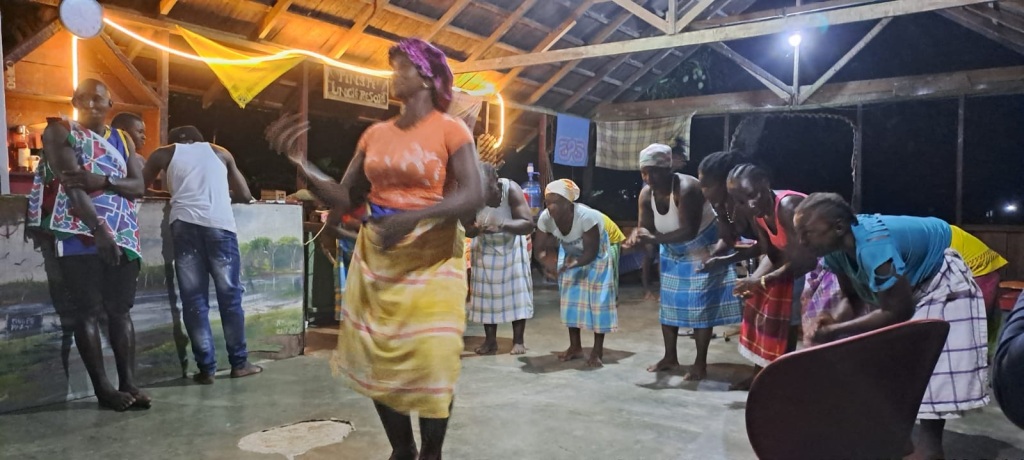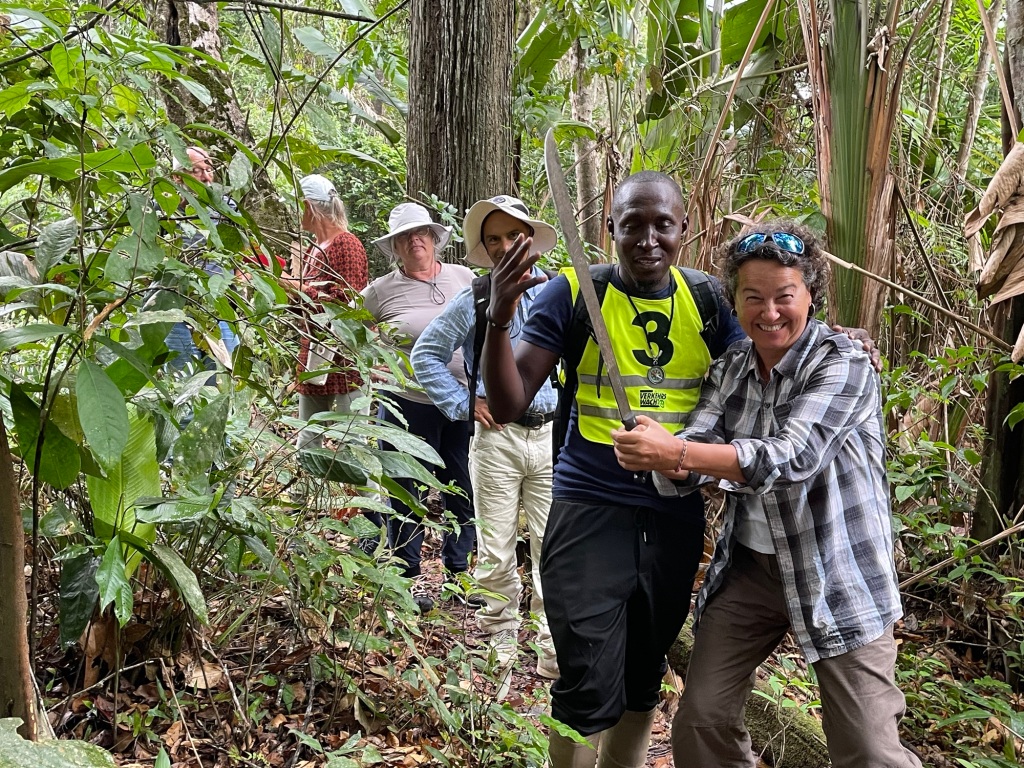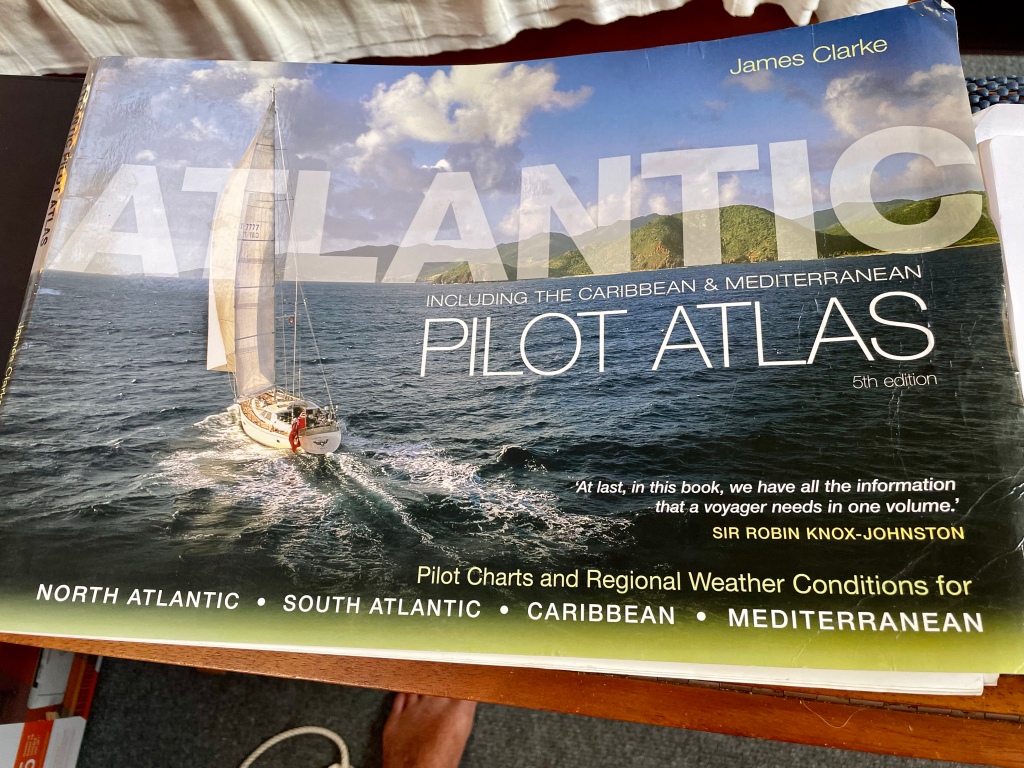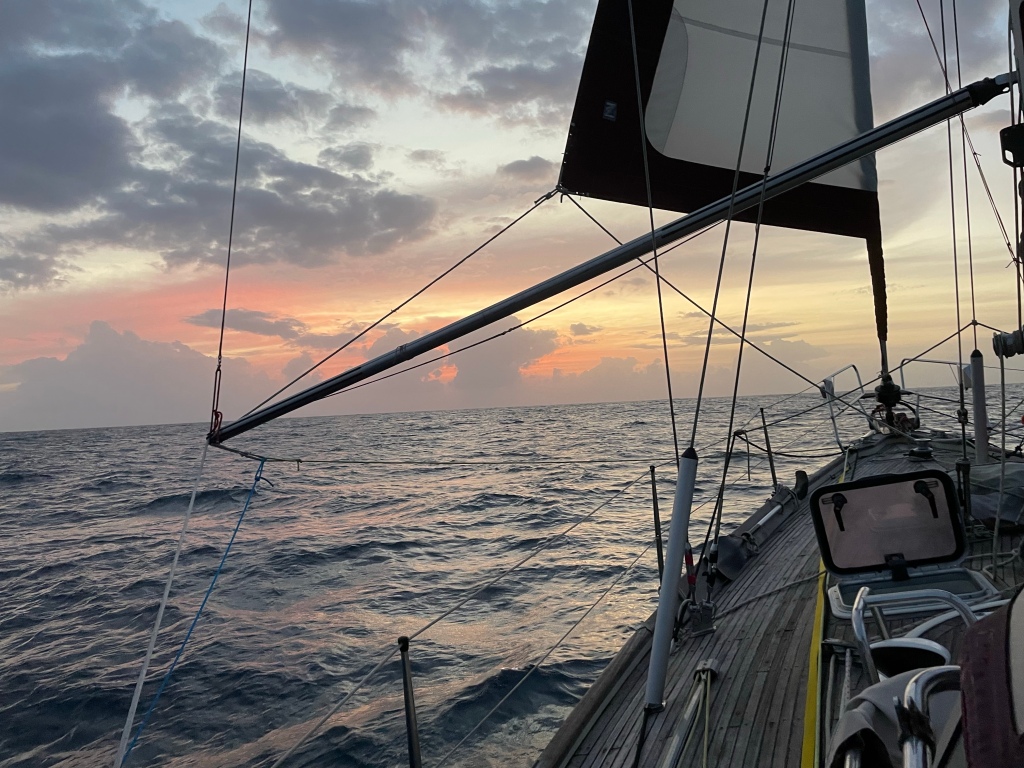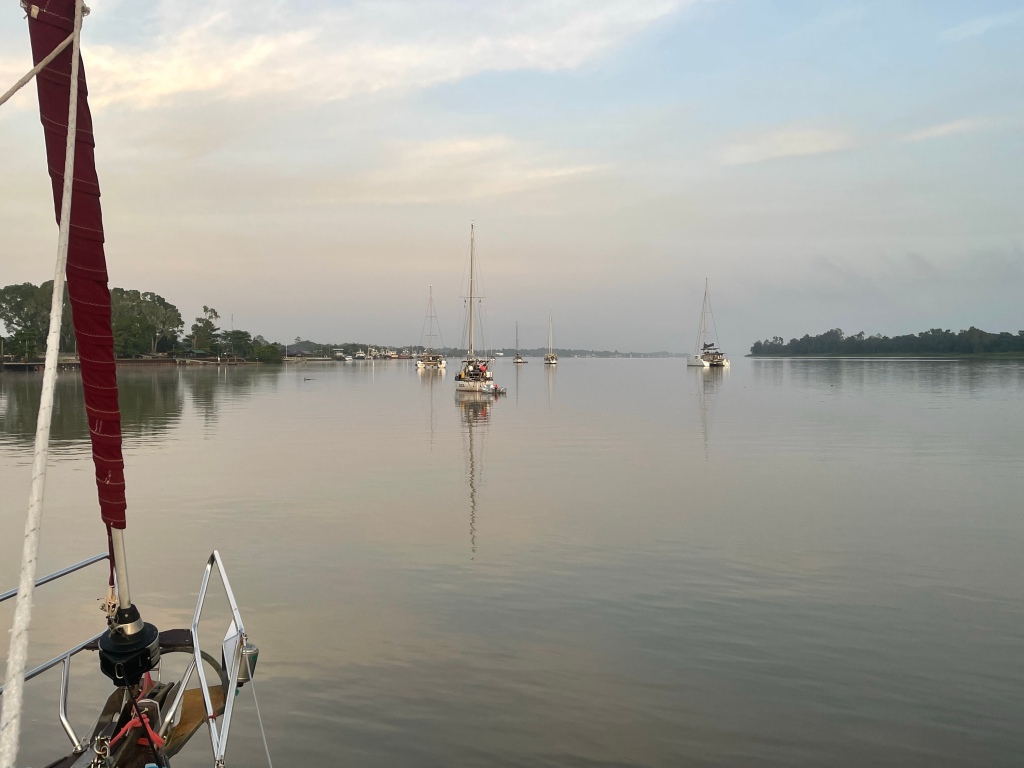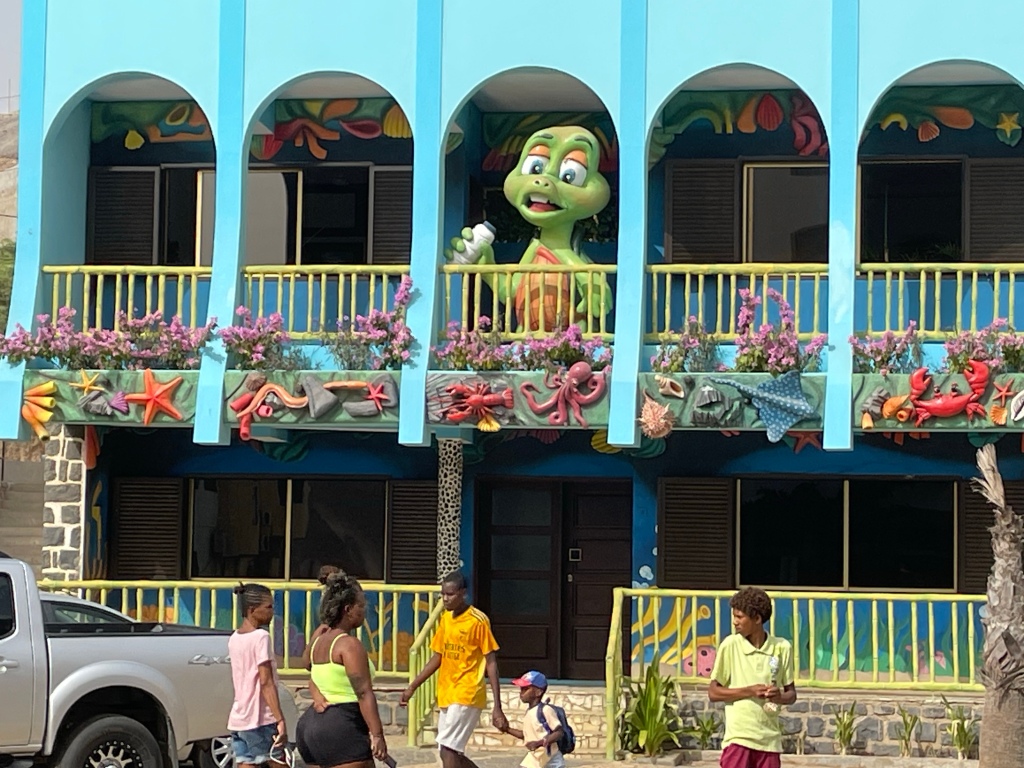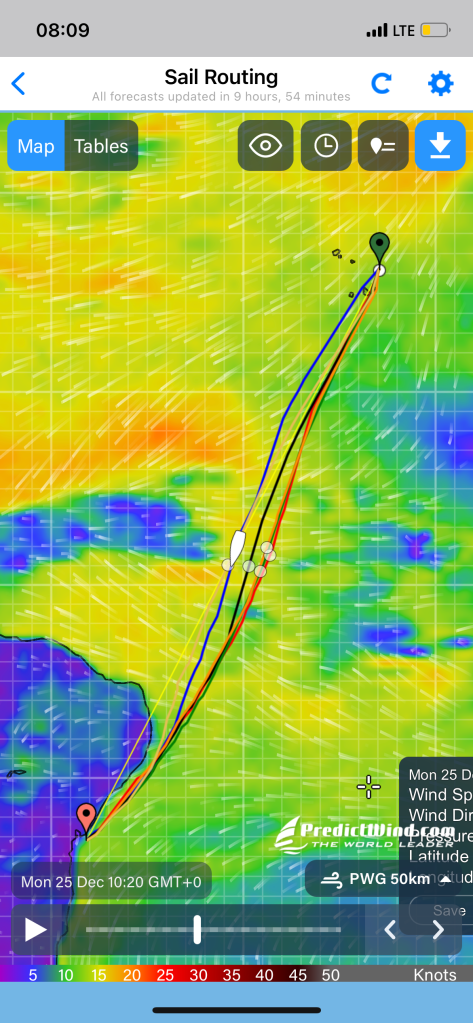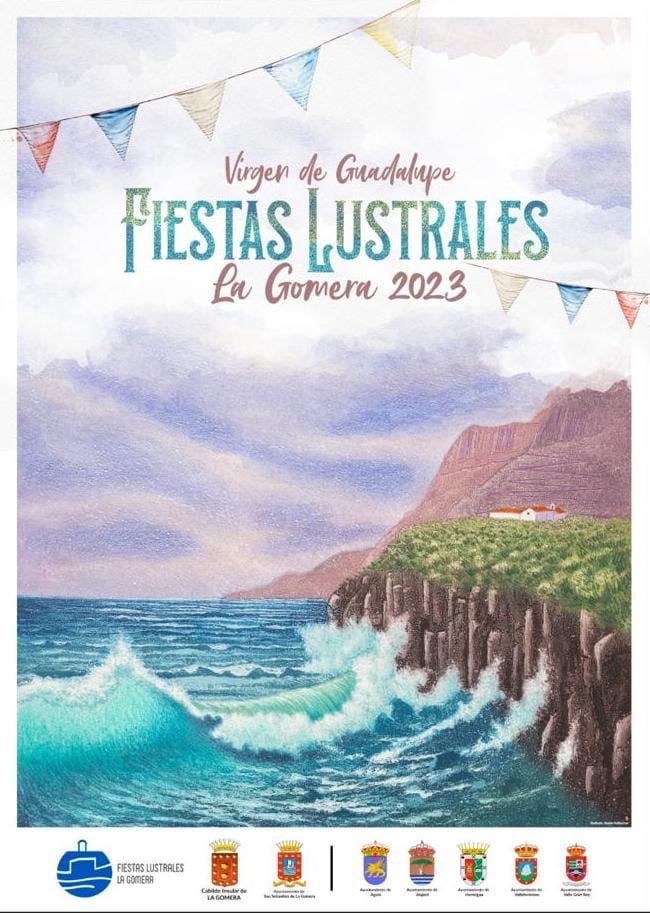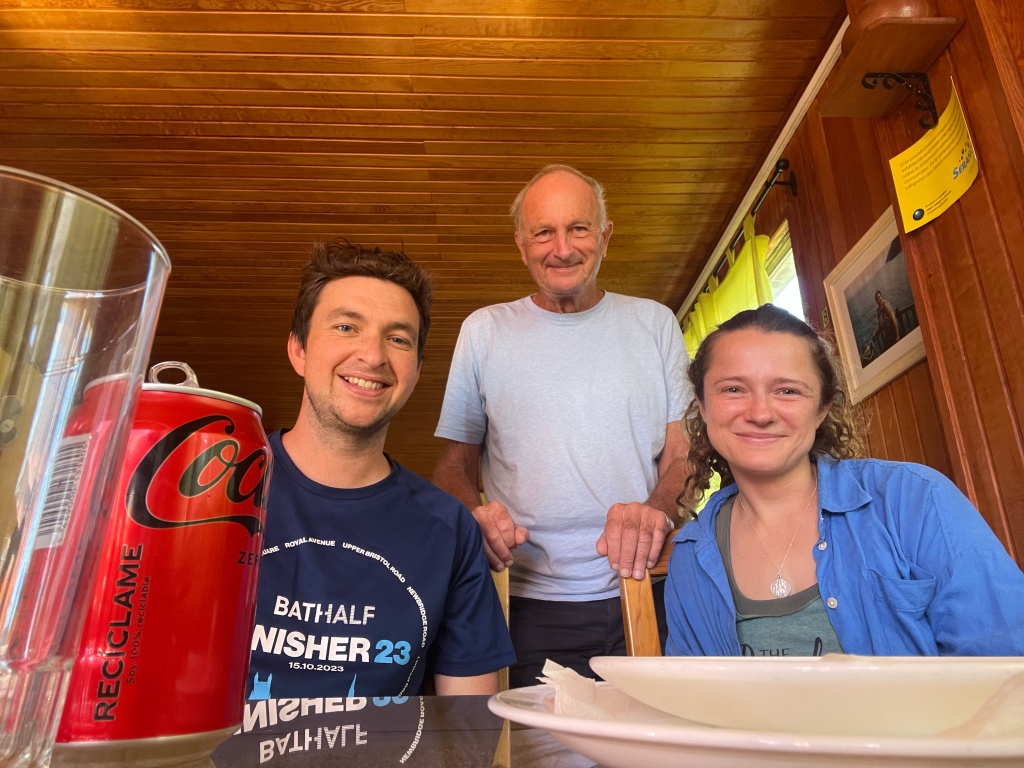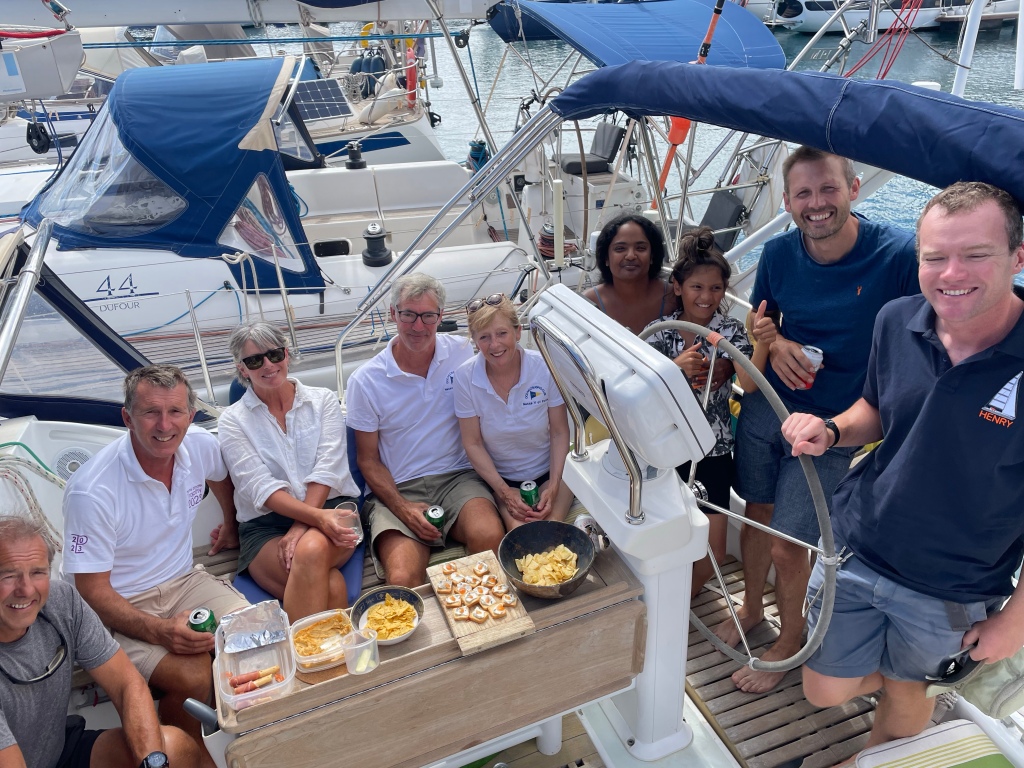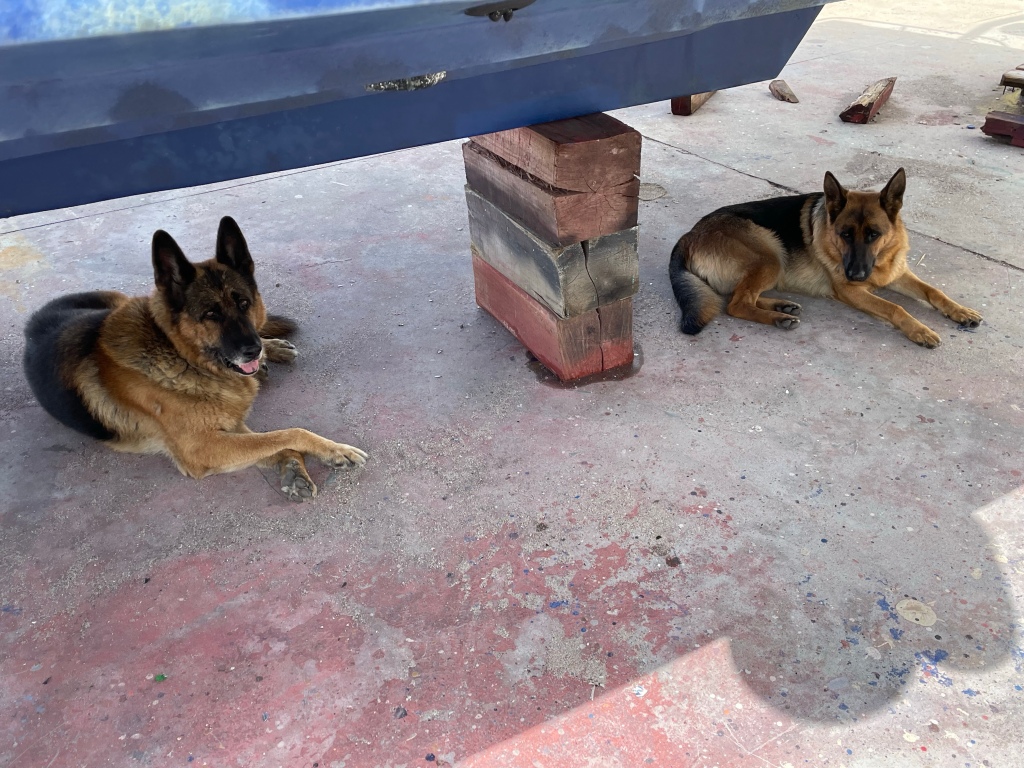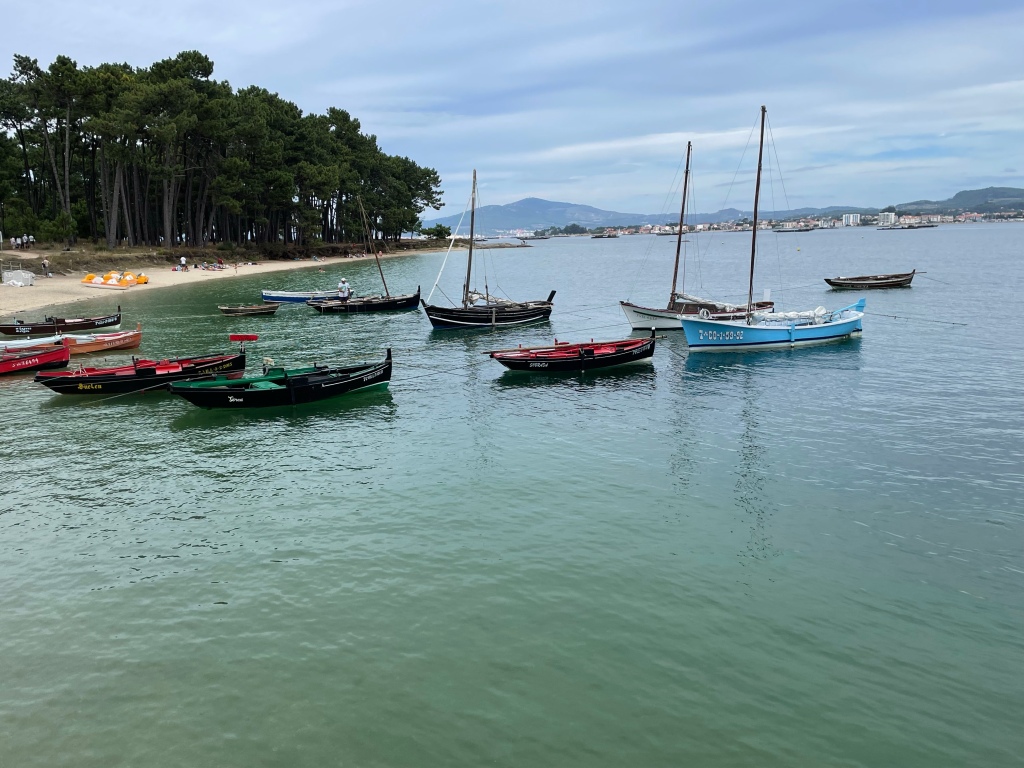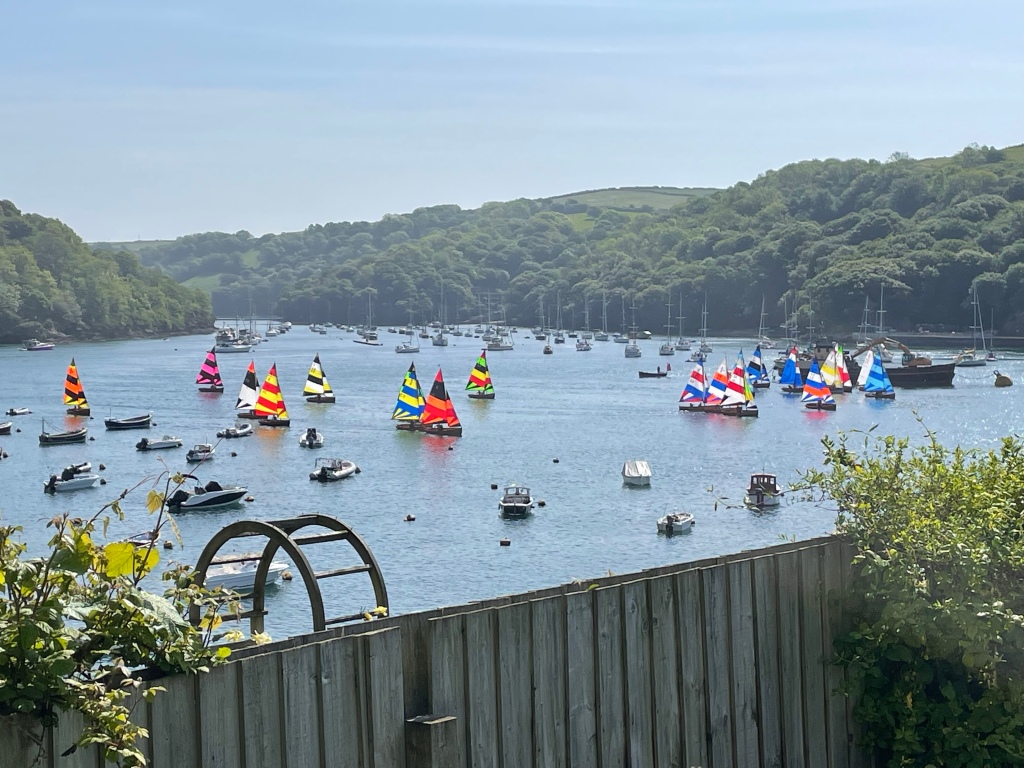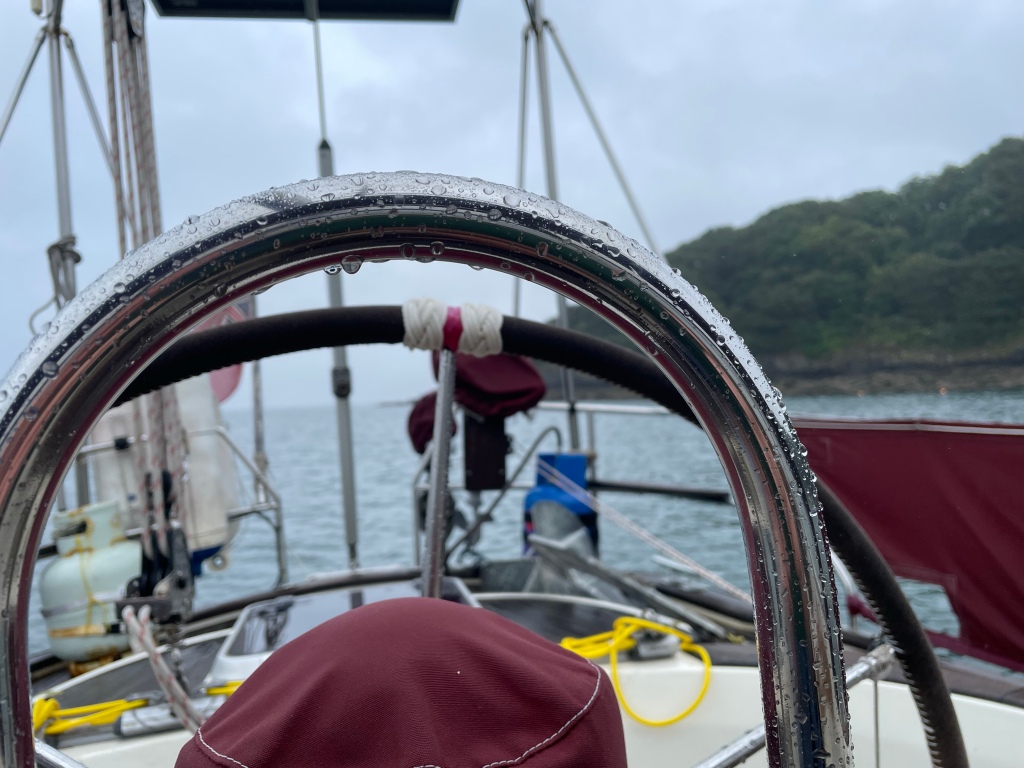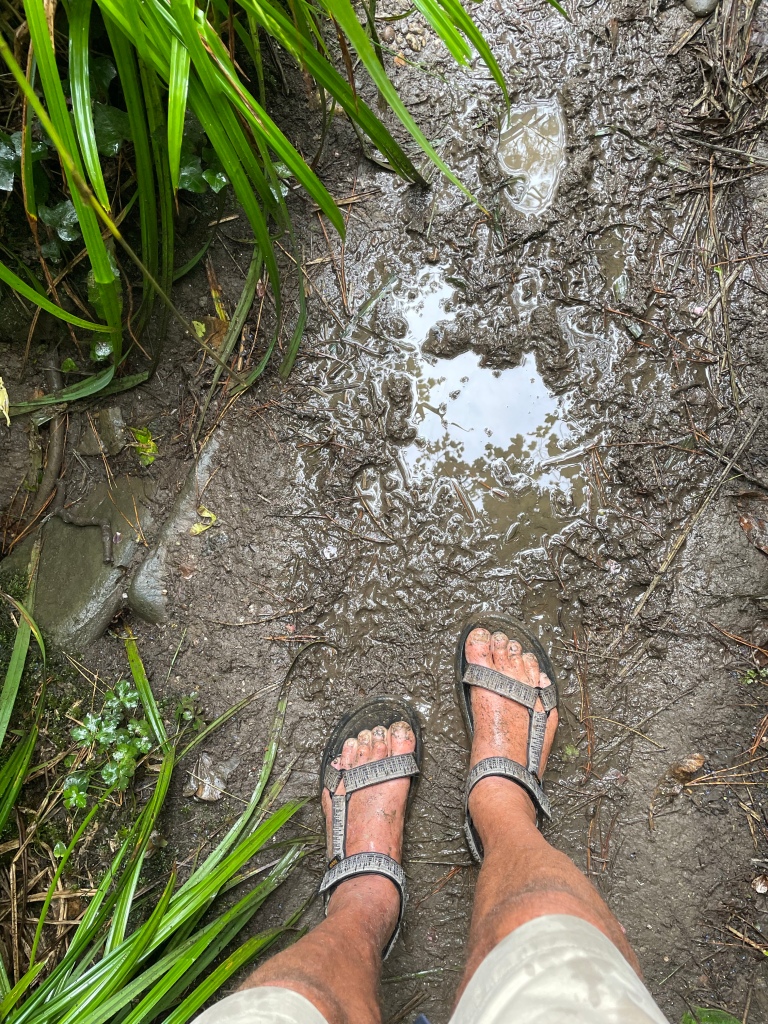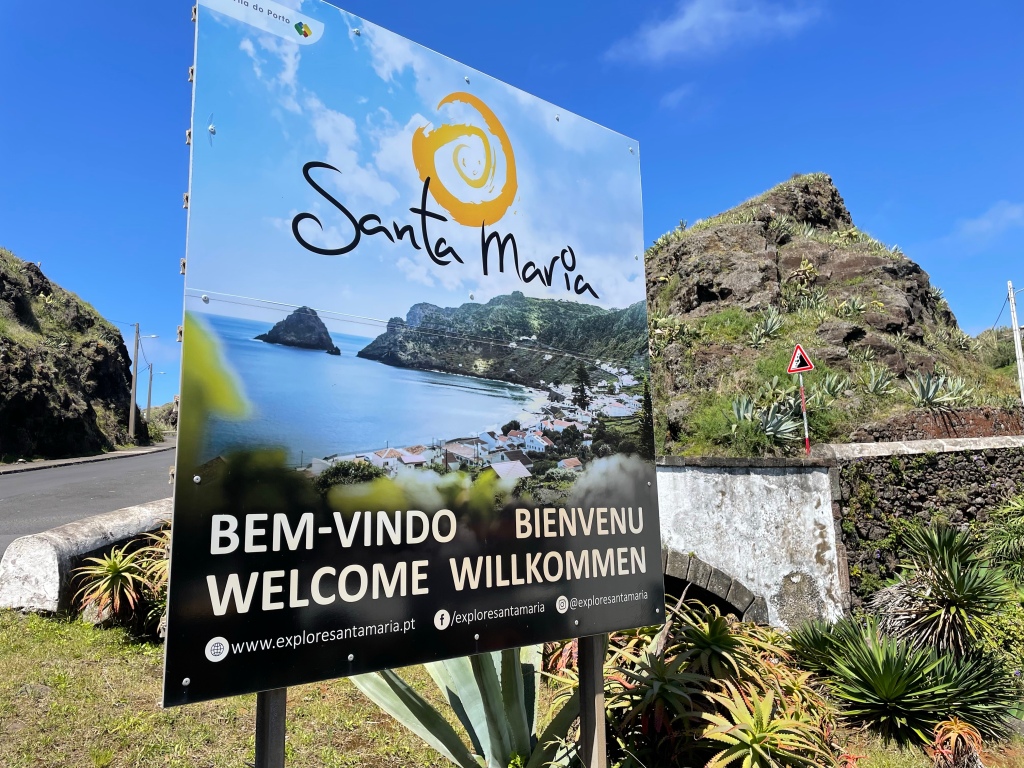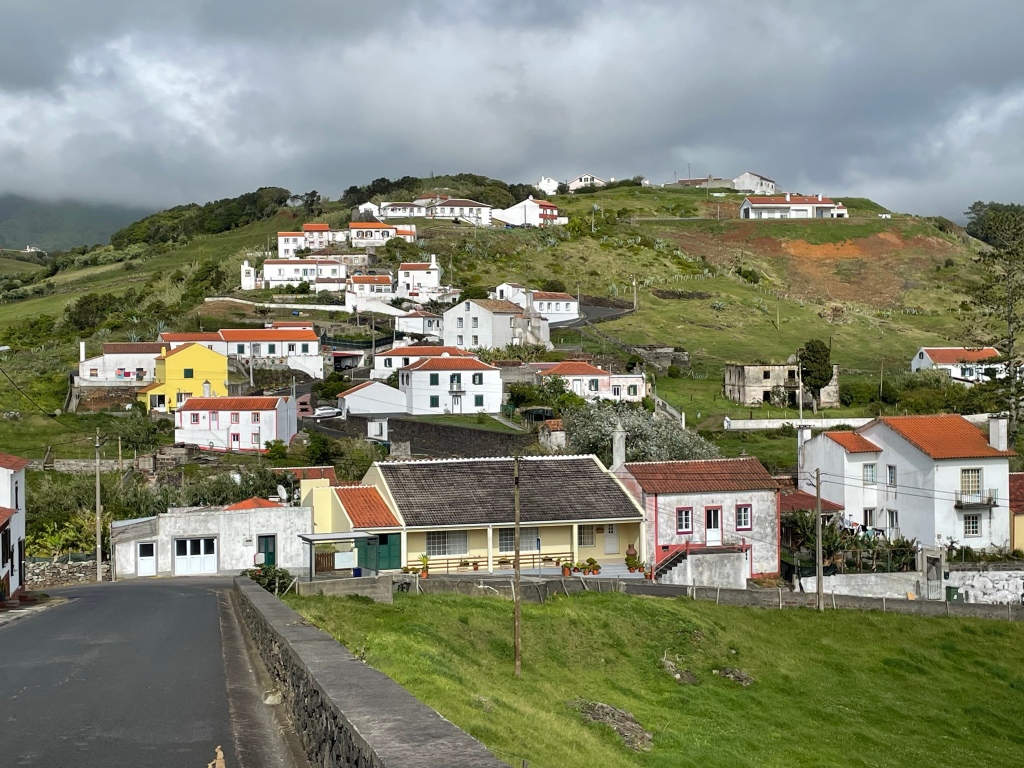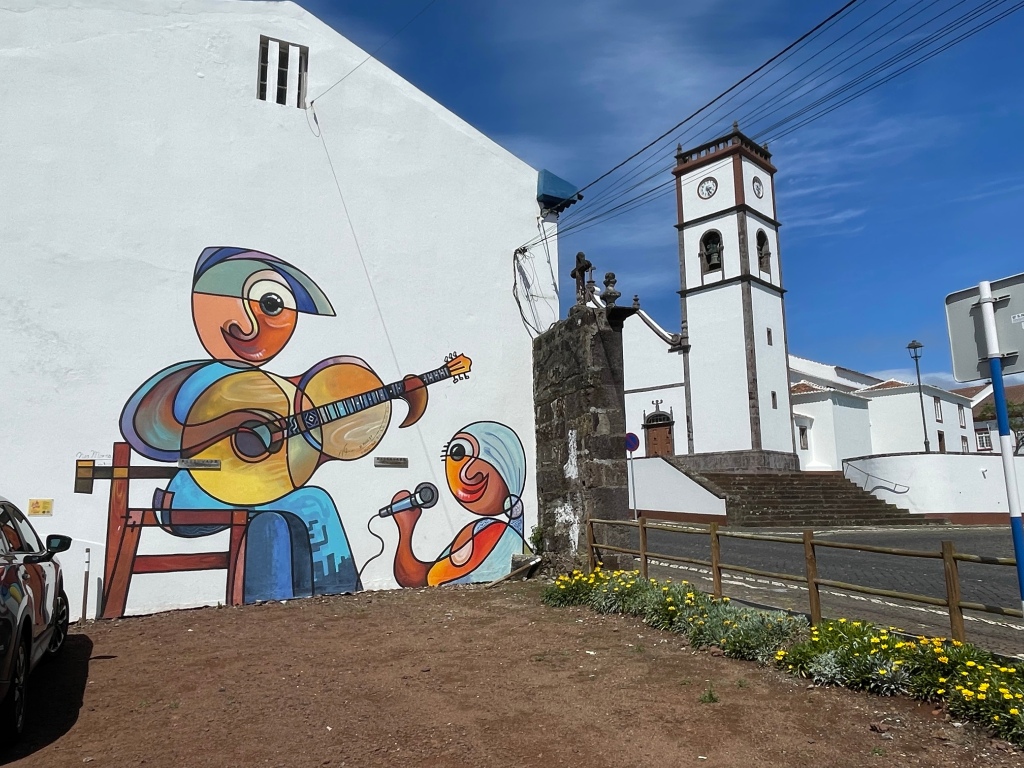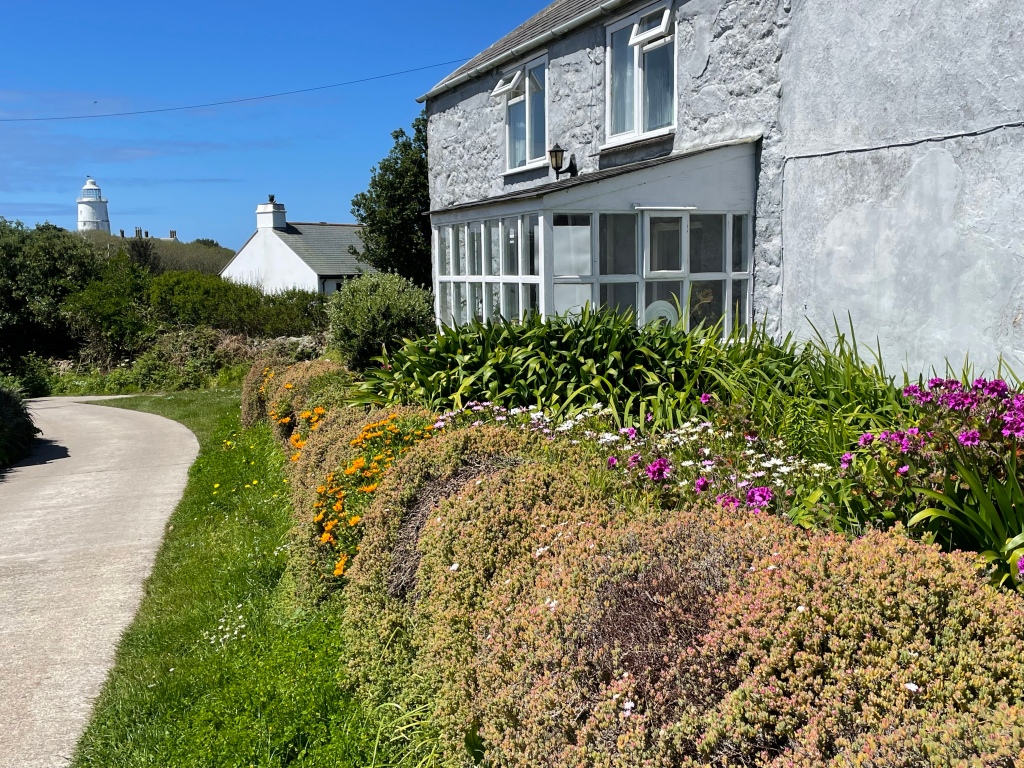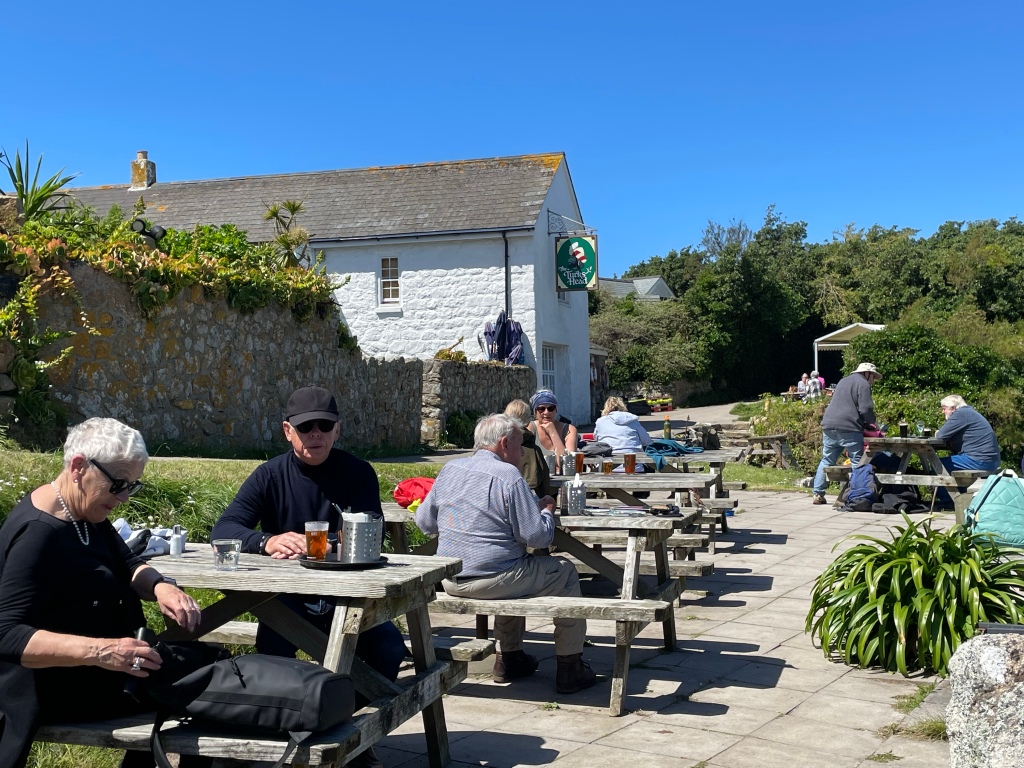19th April to 12th May 2024
West to East across the Atlantic
In this quick update covering my sail from the Caribbean to the Azores, I’ll tell you a bit about the weather and a bit about food. Most people, especially sailors, often think about the weather. And almost everyone thinks about food a lot.
While enjoying the last few days of peace and sweltering sunshine in Martinique I witnessed the arrival and departure of no less than three cargo ships which had called in to pick up yachts and take them back home to Northern Europe or the Mediterranean – either as deck cargo or, in the case of one plump Dutch ship, in a clever sort of dry dock – loading at the stern.

These cargo ships enable yachtsmen to avoid the troublesome weather that’s often encountered while sailing from west to east over the North Atlantic. It costs a bomb – but it’s quick, safe and reliable. Of course, it can also cost a bomb if bits break on your little yacht in stormy seas. But Henrietta would feel humiliated to ride piggy-back on a huge ship, so we have always sailed home.
This was the third time Henrietta and I have travelled this route. But it’s the first time I’ve had a good way to get weather forecasts.
In the past I looked at clouds and the barometer and held a damp finger in the air and muttered “Hmmm”. This wasn’t very accurate. I always encountered some horrible weather. So invested in an Iridium Go, one of those high tech modern devices, so that, via satellites, can download Grib files generated by mighty computers that forecast wind a few days ahead. It makes quite a difference to the route you choose. I still look at clouds and the barometer, but I have to say computers are better.

Alas! Even with high tech gadgets you can’t change the weather; you just get more warning of what’s on the way. Sometimes you can alter course to miss the really rough stuff and stay away from calms. I found it very helpful. The downside, apart from having yet another gadget in your life, is that you spend time fretting with anxiety as you watch gales coming your way and can’t get out of the way in time.
(The whole question of satellite communications for sailors is a topic as big as topics like batteries or electronics or engines and I’ll not go there. Everyone already seems to have their own view anyway. I’m a laggard in having satellite gadgetry; lots of boats have taken the next step and have limitless internet via Elon Musk’s armada of mini satellites, about six thousand of which are already orbiting and cluttering the space above you.)
Sailing the time honoured arc first northwards and then eastwards, around the Azores High, you cover many more miles, but avoid using the engine. (Avoiding engines as much as possible is one of my core sailing principles.)

Leaving the Caribbean, hot steamy tropical sunshine soon gives way to gorgeous sunny days and cooler nights. Your brain reignites after the lethargy and enervating drain of too much humid heat, and you find energy you thought you’d lost, and usually sleep comfortably at night (even if just in short stretches). Then, quite abruptly, it feels pretty chilly and the low pressure systems that bowl across the Atlantic en route to Northern Europe have you looking for socks and waterproofs, and that cosy duvet.
Whatever my forecasting method, on this voyage back across the Atlantic I’ve usually had a mix of balmy calm and brisk challenging stuff. This time it was rougher and windier than it used to be. Perhaps I left too early in the season, or perhaps mankind really has screwed up global wind systems, or perhaps I’m no longer young enough.

I have never felt anything other than awe in the face of the world’s oceans. Whether it is the gentle heaving of languorous swell during calms or thunderous crashing and driven spume from waves in a gale, I know the seas are massively powerful and can be unforgiving. It seems trite to say they are beautiful, majestic and endlessly fascinating but, however many hours and days I’ve watched the sea, I am always filled with wonder. In fact we only had one short-lived gale with gusts to 50 knots, a few bruises and a sleepless couple of nights.
There were many visits by pods of playful Atlantic spotted dolphins. How I love to watch them leaping and powering their way across Henrietta’s bow, surely showing off like precocious children. There was also a pod of three or four humpback whales, a family group perhaps, heading north alongside us for an hour or more. I marvel at their grace and size, but they were at times too close for comfort, an added source of anxiety,
It is truly important that we look after the sea – please, no plastic rubbish, no oil drilling, no giant turbines – and do we really need to eat so many fishes?
That’s enough about the weather. Let us now consider food – or ‘victuals’, the word used in some sailing manuals.
The RYA’s courses see ‘victualling’ as part of the training required of proficient skippers. It just means having enough food on board for everyone. I’ve always found it a dull part of a skipper’s tasks, preferring a more scatty approach and just buy what comes to mind, roughly enough to have half an onion and a bit of fruit and veg per person per day, plus some tea and coffee, with other stuff like pasta, rice, beans and spices according to what’s available.
This time my victualling was rather too scatty and I soon ran out of fresh veg, eggs and biscuits. In fact I’d completely forgotten about eggs and biscuits. But apparently a bit of fasting does no harm, and there was enough milk and powder to make yoghurt. Anyway, there’s a locker full of rusting tins with everything any top chef might think of.
It’s often quite tricky fixing a meal because the wild motion of a rough sea makes cooking slow and hazardous. Indeed, while making my yoghurt, which I do in a giant thermos thing with boiling water to heat the mix, I spilled said boiling water onto my tummy button. I didn’t scream (no point if no one’s around) but it did hurt a lot. Steaming water sizzled my wrist, tummy and delicate nether regions. I’ve learnt a lesson. Also I subsequently learn that spilling boiling water is one of the most common accidents to befall galley slaves. Be careful! Not sure if skin will ever be the same again.
In the spirit of necessity being the mother of invention, and with an urge for something sweet to eat, I created a sponge pudding – of sorts. In case you ever feel tempted, it involves flour, bicarbonate, sugar (I had some little packets from coffee shops), a splash of oil and water and then about half an hour in the pressure cooker. Yum – when you’re very hungry! Probably not if you’re not. The mark II version also has cinnamon, grated ginger and currants – even more amazing. (N.B. Don’t try this at home.)

Goodness me, this update has gone on much too long. It helped occupy the hours while sailing over the ocean.

After nearly 20 days and 2,447 miles I sailed into the charming historic town of Angra do Heroismo on the island of Terceira. Need to rest a while and fix broken bits……


